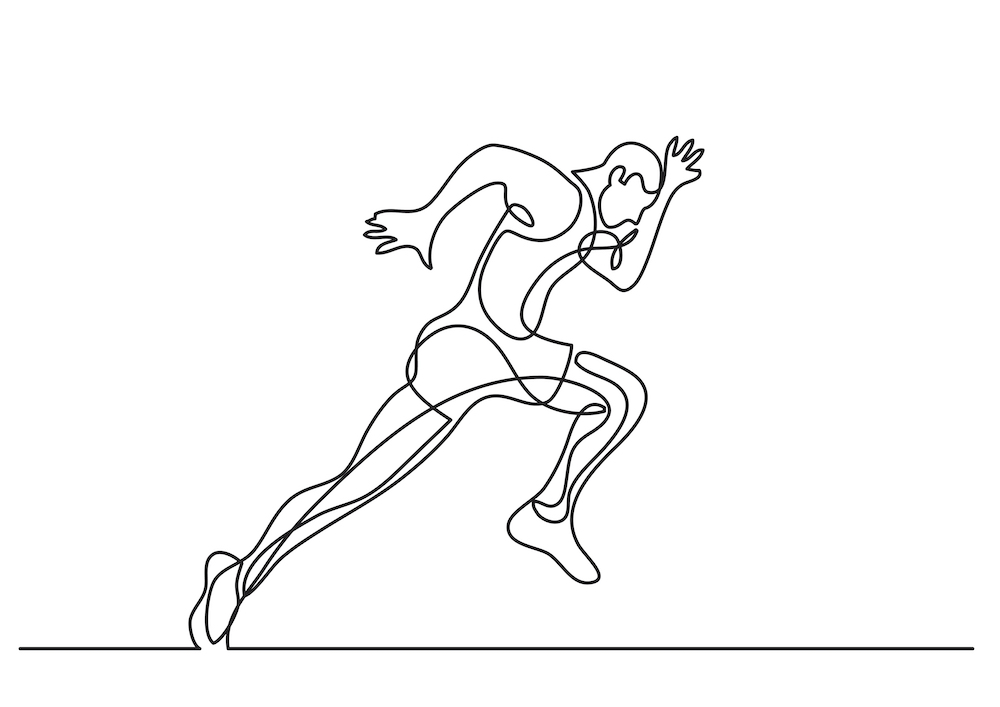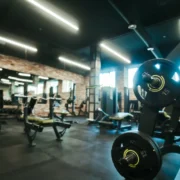McKinsey & Company Discusses Athleisure, Sustainability and the “Physical Activity Gap” in Their Annual Report

Key Takeaways from a report released by the World Federation Sporting Goods Industry and McKinsey & Company Sporting Goods Industry Report.
Athleisure, sustainability and efforts to reach low-income consumers on the less active side of a “physical activity gap” are three consumer themes that should be on the minds of executives in the sporting goods and apparel field, according to an annual report by the World Federation Sporting Goods Industry and partnering consulting firm, McKinsey & Company. “Sporting Goods 2021 – The Next Normal for an Industry in Flux” highlights these trends as well as several others. While these important shifts in consumer behavior were dramatically influenced by the all-consuming issue of COVID-19, most were pre-existing that were only accelerated by the pandemic.
Athleisure as The Default in Sportswear
For years, athleisure — the style of comfy, stretchy clothing whose sleek, inauspicious exteriors allow one to sprint a mile and then sit down with friends for brunch without either changing or raising an eyebrow — was a trend du jour. Before the pandemic, leggings-style pants and stretch tops were cutting into the sales of jeans and athleisure was poised to become a market of $150 to $250 billion in the early 2020s, depending on who you asked (and how you defined the term). With millions now working from home, occasionally putting on a collared shirt for a Zoom meeting, comfortable, all-purpose clothes are even more appealing. The report states that the athleisure style will become the default in sportswear.
Exact sales figures for athleisure are elusive, as the niche is hidden within the categories of casualwear, home wear and sportswear. Sales of all of the above decreased after the outbreak of COVID-19, a generally downward time for consumer spending. However, sales in these categories did not diminish as much as other kinds of clothing, a trend the authors of the report attribute to the growing appeal of athleisure.
European spending on casualwear, home wear and sportswear — the three athleisure-containing categories — dropped by only 5 percent, 7 percent and 17 percent, respectively, in August 2020, compared with pre-crisis average. By contrast, spending on fashion, business wear and special occasion wear fell by 26 percent, 34 percent and 37 percent.
Industry executives were also sure of the sturdiness of athleisure, with 76 percent expecting further growth, and the report notes that the pandemic caused many companies to see working from home as viable in the long term, increasing the market for snug pants and diminishing that of nice slacks.
However, companies with a foot in athleisure should not sit on their laurels. “The momentum around the athleisure segment has not gone unnoticed in the wider fashion universe,” the report notes. American Eagle Outfitters, Guess, Rebecca Vallance, Fendi, Kenzo and other general fashion brands have launched product lines that could compete in this sphere, which is not well-defined as it seeks to blend elements of both athletics and everyday apparel.
“A key advantage general fashion brands have over sporting goods players are their shorter development cycles, allowing them to respond more quickly to consumer trends,” the report notes. So sporting goods companies need to “innovate in design and materials and strike the right balance between usability and comfort.”
The Physical Activity Gap Widens
Turning away from the apparel options of professionals, the report claims a “physical activity gap” between people of low and higher incomes. The report cites a pre-pandemic report from the U.S. Physical Activity Council that found that the most physically inactive socioeconomic group is that making less than $25,000 a year and the most active was people earning more than $100,000.
The pandemic threatens to increase this gap, the report states. “Low-income families … tend to inhabit smaller spaces and have less access to online options, making it difficult to engage in physical exercise.” Plus, school sports, a source of physical activity for kids that cuts across income brackets, have been cancelled.
A survey of U.K. residents conducted by Sport England during the second quarter of 2020 found that about 40 percent of respondents were exercising less than usual and another 30 percent (about) were working out more. The authors theorize that luxuries of wealth — including leisure time and access to at-home equipment and digital classes — are fueling the habits of the third of Britons exercising more.
As for a solution, the report recommends governments increase funding for sports and fitness and for sports organizations to increase their awareness campaigns. “The sporting goods industry can also help, leveraging their powerful brands to encourage activity at all levels, as well as providing products and services for people of all incomes.”
Continued Demand for Sustainability
Lastly, the report cautions that the industry may collide with consumer demand for more sustainable products. A third of consumers say that sustainability — broadly defined as an ability to recycle a product or dispose of it with little ecological impact once it reaches its end — is important to them, according to a McKinsey & Company survey. This value may be difficult for sports apparel companies to meet due to their reliance on rarely recycled materials like high-density polyethylene, polyvinyl chloride and polyester
“To satisfy consumer demand for sustainable products, the industry will likely need to invest in circular business models, both for fabric sourcing and product end of life,” the report states.
Just like all trends, the acceleration of this one is traced to COVID-19. The “pandemic has accelerated the pace of change,” the report states, “with consumers drawing stronger connections between human actions and damage to natural and socio-economic systems.”
Nick Keppler is a freelance journalist, writer and editor. He enjoys writing the difficult stories, the ones that make him pore over studies, talk about subjects that make people uncomfortable, and explain concepts that have taken years to develop. Nick has written extensively about psychology, healthcare, and public policy for national publications and for those locally- based in Pittsburgh. In addition to Athletech News, Nick has written for The Washington Post, The Daily Beast, Vice, Slate, Reuters, CityLab, Men’s Health, The Gizmodo Media Group, The Financial Times, Mental Floss, The Village Voice and AlterNet. His journalistic heroes include Jon Ronson, Jon Krakauer and Norah Vincent.



